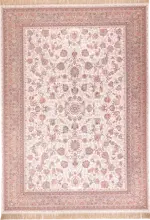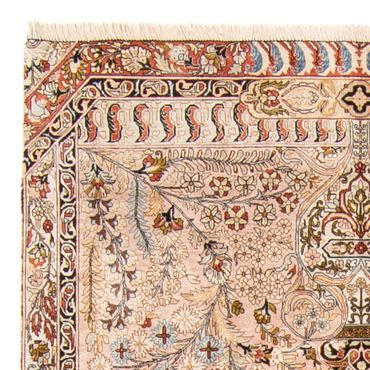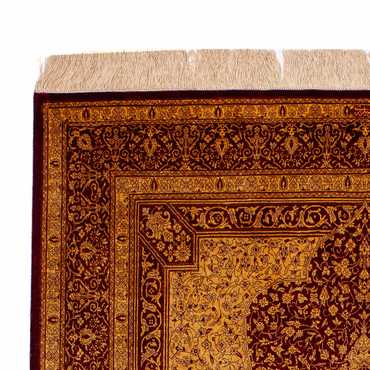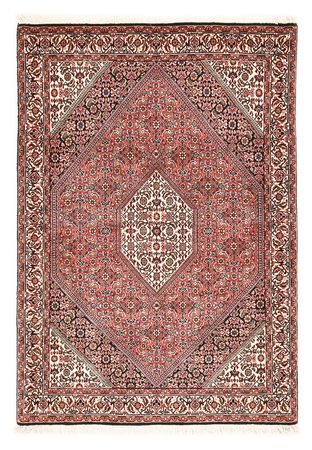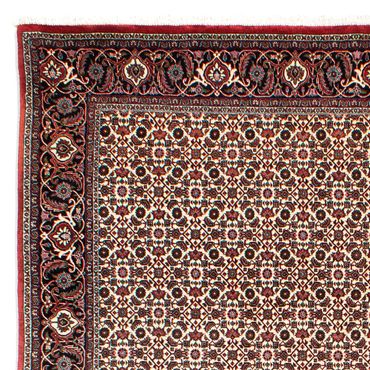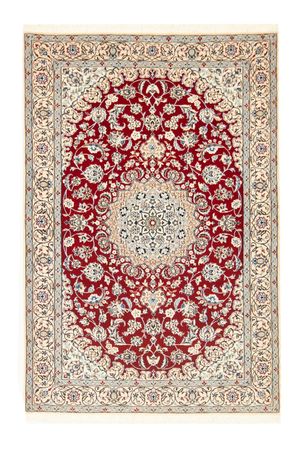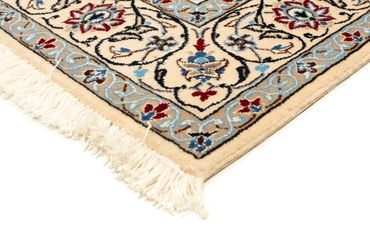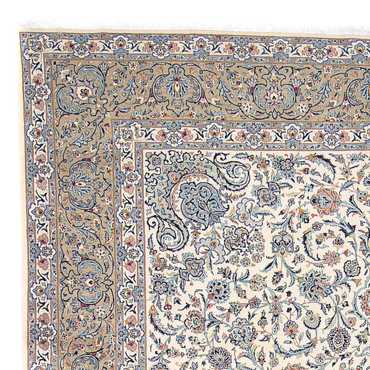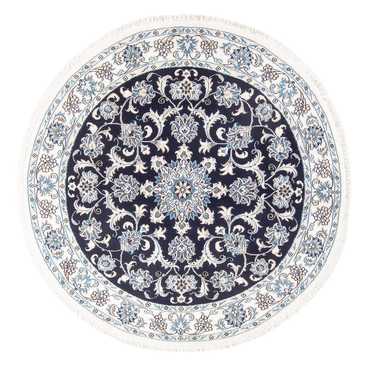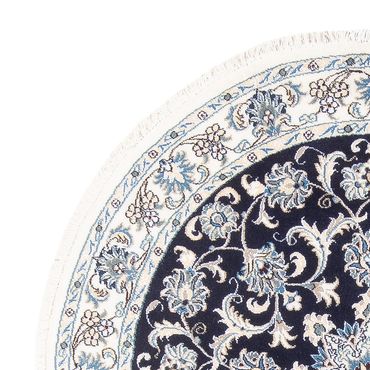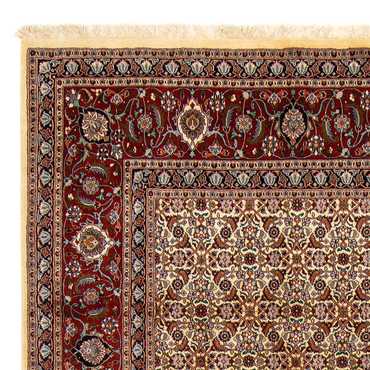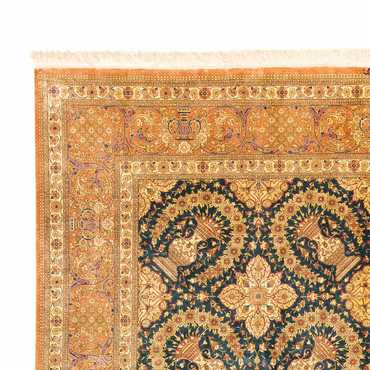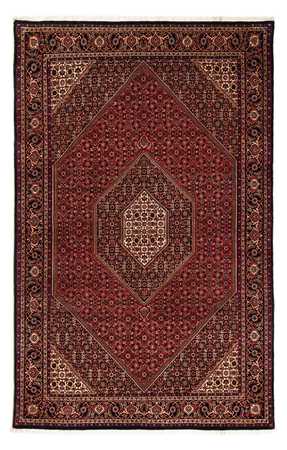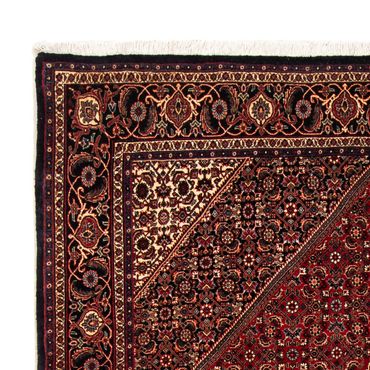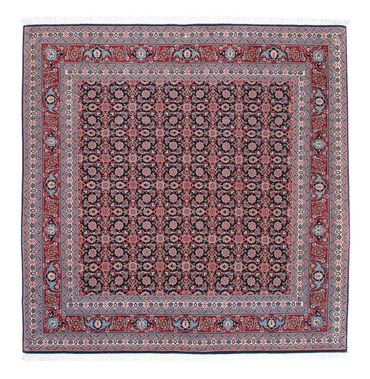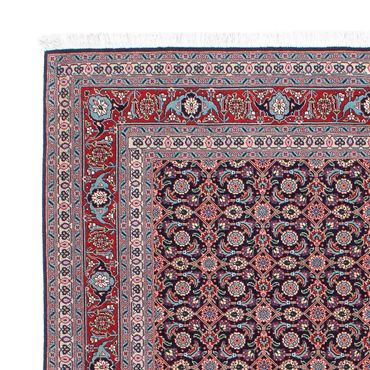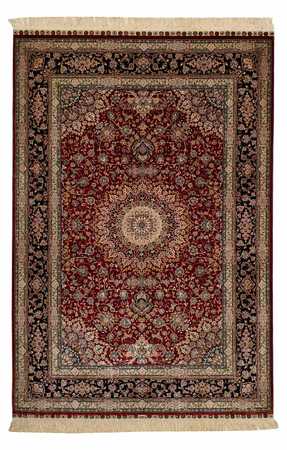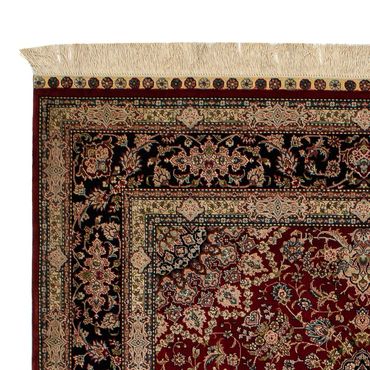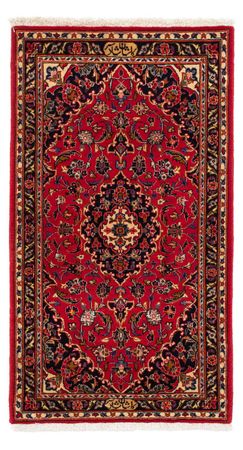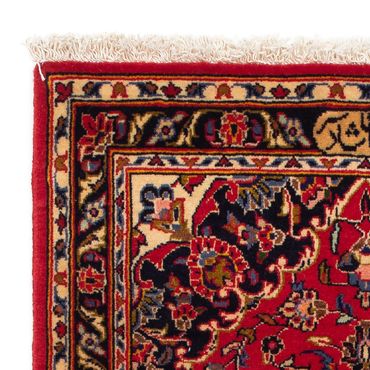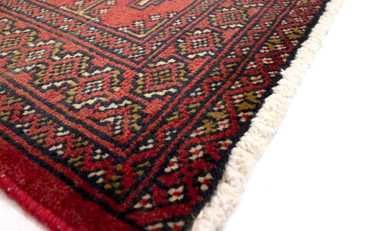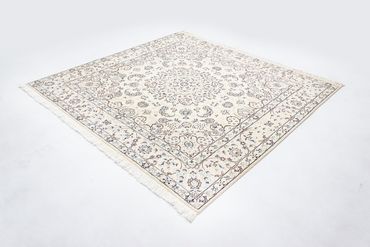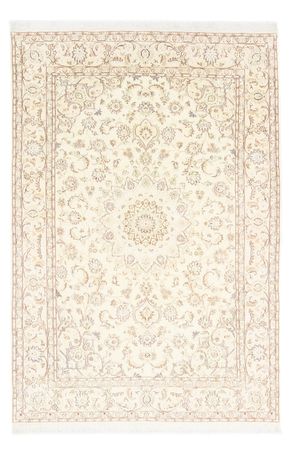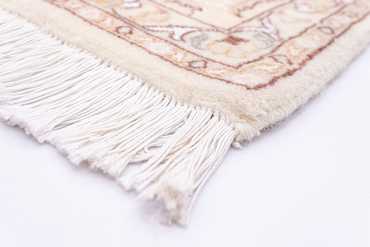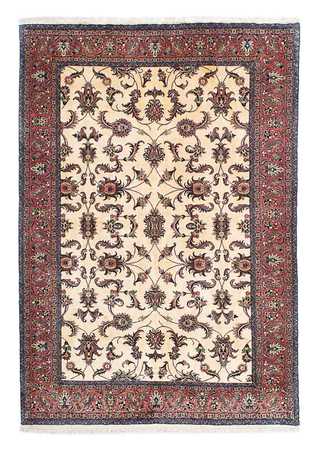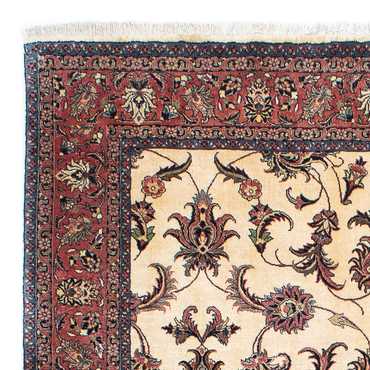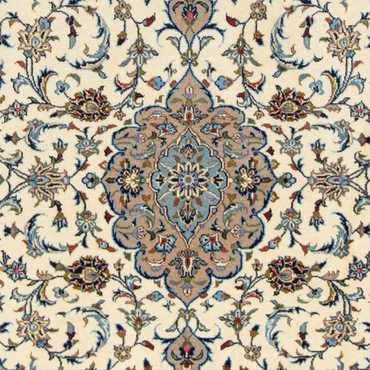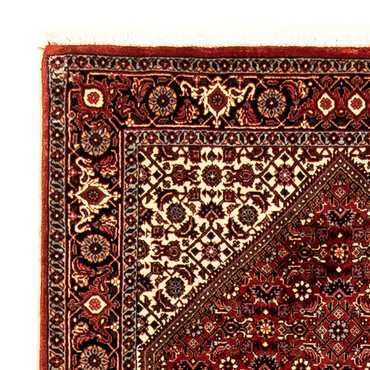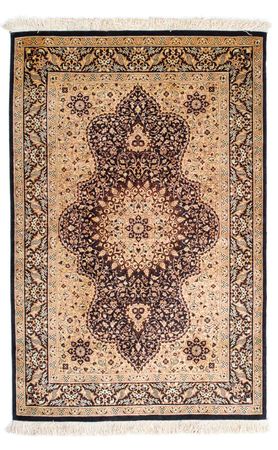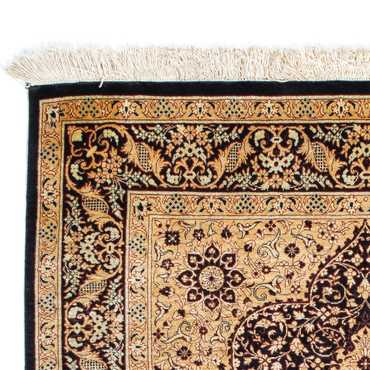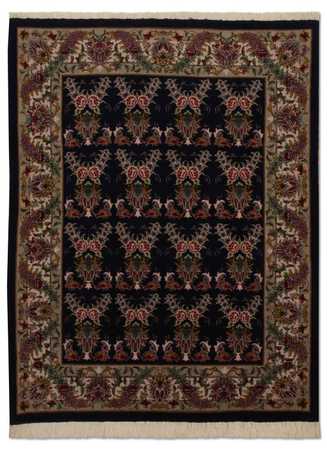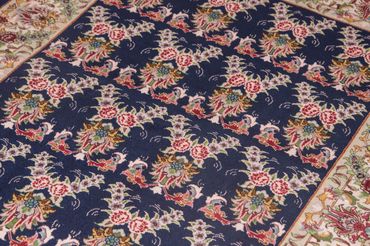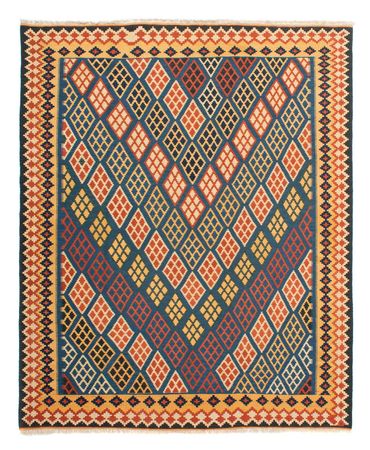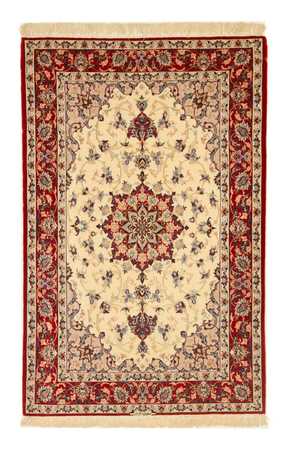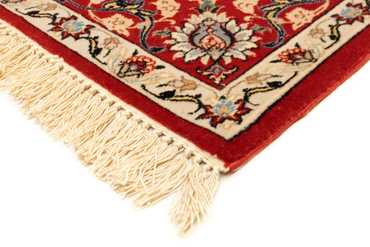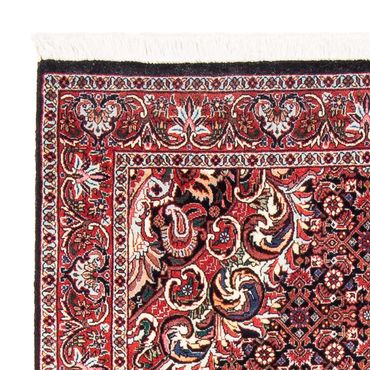- Perser Rug - Ghom -
207 x 1403,389 US$
-
- Perser Rug - Keshan -
291 x 1963,664 US$
-
- Perser Rug - Bidjar -
156 x 1101,978 US$
-
- Perser Rug - Bidjar -
294 x 2006,123 US$11,688 US$
-
- Perser Rug - Nain - Premium -
159 x 1062,976 US$
-
- Perser Rug - Keshan -
423 x 3128,672 US$
-
- Perser Rug - Classic -
342 x 2484,959 US$
-
- Perser Rug - Nain - Royal -
295 x 2033,326 US$
-
- Perser Rug - Ghom -
300 x 19616,870 US$
-
- Perser Rug - Bidjar -
261 x 1645,366 US$
-
- Perser Rug - Tabriz square -
156 x 1553,465 US$6,455 US$
-
- Silk Rug - Chinese Silk -
183 x 1225,529 US$
-
- Perser Rug - Keshan -
129 x 71932 US$
-
- Turkaman Rug -
130 x 60190 US$436 US$
-
- Perser Rug - Royal -
306 x 2144,206 US$8,271 US$
-
- Kelim Rug - Oriental -
190 x 120343 US$
-
- Perser Rug - Nain - Royal -
252 x 1701,612 US$
-
- Perser Rug - Bidjar -
202 x 1403,721 US$
-
- Perser Rug - Keshan -
172 x 1101,783 US$
-
- Runner Perser Rug - Bidjar -
303 x 843,130 US$
-
- Perser Rug - Ghom -
118 x 782,882 US$
-
- Perser Rug - Tabriz - Royal -
137 x 103989 US$1,975 US$
-
- Kelim Rug - Oriental -
242 x 208736 US$1,393 US$
-
- Perser Rug - Isfahan - Premium -
168 x 1102,820 US$5,405 US$
-
- Runner Perser Rug - Bidjar -
192 x 1022,458 US$
-
The Enduring Allure of Persian Rugs
The allure of Persian rugs transcends time and trends and is woven into the very fabric of history and culture. These hand-knotted treasures, crafted by skilled artisans in regions like Isfahan and Tabriz, showcase the artistry and craftsmanship passed down through generations.
Each knot, each dye, and each intricate pattern tells a story of Persian culture and heritage, making these rugs more than mere floor coverings - they are living works of art.
Morgenland Teppiche offers a curated collection of authentic Persian rugs for those seeking to add elegance and tradition to their homes. Each rug is a testament to Persian craftsmanship's enduring quality and beauty, from antique treasures to vintage pieces.
Key Takeaways:
- Legacy of Artistry: They are not just floor coverings but symbolize wealth, status, and artistic expression with intricate patterns and vibrant colors.
- Heirloom Value: They are cherished for generations, boasting symbolic motifs and meticulous craftsmanship using high-quality materials.
- Timeless Elegance: Explore Morgenland Teppiche's curated collection of vintage and antique Persian rugs to elevate your space with timeless elegance.
The Historical Tapestry behind Persian Rugs
Origin and Early History
If we examine the history of Persian rugs, we find a story woven with threads of tradition and craftsmanship. Originating in ancient Persia, now Iran, these hand-knotted treasures have a rich heritage dating back millennia. The meticulous production process involves natural dyes and intricate designs passed down through generations, showcasing the fine craftsmanship of Persian weavers.
Oriental Influences and Cultural Significance
These rugs' intricate patterns and vibrant colors testify to the skill of generations of weavers, making each rug a unique work of art. Oriental influences and cultural motifs often feature prominently in the designs, reflecting these rugs' deep-rooted history and cultural significance. These rugs are not merely floor coverings; they are symbols of wealth, status, and artistic expression, embodying the essence of Persian culture and heritage.
The enduring appeal of these rugs lies in their ability to elevate a space and add a touch of timeless elegance. These handmade pieces, crafted with precision and care, have stood the test of time, becoming cherished heirlooms in homes and palaces worldwide.
Traditional Persian Rugs - Types and Variety at a Glance
Some critical information about traditional Persian rugs and their variety includes:
- Rugs of various styles and regional variants are available, each with unique characteristics and cultural significance.
- Classic styles such as Kerman, Tabriz, and Isfahan rugs are renowned for their intricate designs and superior craftsmanship.
- Knowing the history and characteristics of each type of rug can enhance your appreciation for the artistry and heritage woven into these hand-knotted treasures.
Classic Styles and Regional Variants
Rugs from Kerman, Tabriz, Isfahan, and other parts of Iran are known for their distinct styles and motifs. Kerman rugs, for example, often feature intricate floral patterns, while Tabriz rugs are characterized by their medallion designs.
On the other hand, Isfahan rugs showcase fine craftsmanship and a blend of wool and silk materials. Each region's rugs carry a piece of Persian culture and artistry, making them sought after for their beauty and quality.
Understanding Kerman, Tabriz, and Isfahan Rugs
With a rich history and cultural significance, Kerman, Tabriz, and Isfahan rugs have stood the test of time, showcasing the skill and expertise of Persian weavers. These rugs are often handmade using high-quality materials such as wool and silk, with intricate designs that make them prized possessions.
Production of Persian Rugs
Artisanal Techniques and Tools
Artisans employ age-old techniques passed down through generations to create these rugs. The intricate patterns of these hand-knotted treasures are woven using traditional tools such as a loom and a shuttle, ensuring each knot is meticulously tied by skilled weavers. The meticulous craftsmanship in the production process results in acceptable knot density, a hallmark of authentic rugs.
The Importance of Wool, Silk, and Dye
One of the critical elements contributing to the exquisite beauty of these rugs is the use of high-quality materials such as wool and silk. These natural fibers and carefully selected dyes derived from plants and minerals lend vibrant colors and intricate designs to the rugs.
Wool, known for its durability and luster, forms the foundation of most Persian rugs, while silk adds a luxurious sheen to finer pieces. The dyeing process, using natural ingredients, ensures that each rug carries a unique palette that is both rich and enduring.
Fineness and Knot Density :
Unlike machine-made carpets, They are hand-knotted treasures that showcase exceptional fineness and knot density. Persian rugs' knot counts vary widely, with some of the finest pieces boasting exceptionally high knot density, making them valuable investments.
Knot Counts and Quality
For discerning collectors and enthusiasts, the knot count determines its quality and value. The number of knots per square inch is a testament to the craftsmanship and skill of the weaver. Rarer rugs with higher knot density often exhibit finer details and intricate patterns, showcasing the artistry and precision involved in their creation.
Rarity of Persian Rugs
Many factors contribute to the rarity and value of these rugs, making them highly sought after by collectors and enthusiasts alike. These factors range from the quality of materials used to the intricacy of the design, all of which play a significant role in determining the scarcity of these handcrafted treasures.
Characteristics of Traditional Persian Rugs
Despite the passage of time, traditional Persian rugs continue to captivate admirers with their exquisite craftsmanship and rich cultural heritage. The intricate material and weave used in these rugs are a testament to the skill and artistry of Persian weavers. The wool and silk used in the production process, along with the meticulously hand-knotted knots, result in a level of fineness and durability that is unrivaled in the world of carpets.
Material and Weave
Each rug is a masterpiece woven with care and precision, utilizing natural dyes and intricate weaving techniques passed down through generations. Using wool and silk in rugs enhances their visual appeal and ensures longevity and resilience against wear and tear.
Patterns and Colors of Persian Rugs
Despite the passage of time, this allure remains ever-present, with its intricate patterns and vibrant colors continuing to captivate admirers worldwide.
The Language of Persian Motifs
Motifs play a significant role in rugs, with specific designs such as paisleys and geometric patterns carrying symbolic meanings that add depth and richness to each rug. These motifs reflect a deep connection to Persian culture and artistry, making each rug a heritage to be cherished for generations.
The Palette of the Orient
Colors are a hallmark of these rugs, with vibrant hues and intricate color combinations that set them apart—using natural dyes in crafting results in stunning shades that stand the test of time, showcasing the attention to detail that defines these exquisite works of art.
They are renowned for their versatility and ability to enhance any space with their timeless elegance. From the rich blues of Nain rugs to the vibrant reds of Kashan rugs, the color palettes offer a wide range of options to suit individual preferences and interior decor styles.
Why are Persian Rugs so Expensive?
The Cost of Craftsmanship
It is a testament to the skill and dedication of generations of weavers. The intricate patterns and vibrant colors are achieved through meticulous hand-tied knots, resulting in fineness that sets these rugs apart.
The craftsmanship involved in creating these rugs is a painstaking process that requires time, patience, and expertise. This attention to detail and tradition contributes to the overall cost of these exquisite pieces.
Materials, Time, and Artistry
It is crafted using high-quality materials such as wool and silk, along with natural dyes that create the vibrant hues characteristic of these rugs.
No wonder they are highly valued and cherished as investments, with their timeless beauty and enduring quality standing the test of time. The combination of premium materials, intricate craftsmanship, and cultural significance make it a luxury item that adds elegance and history to any space.
How Much Does a Genuine Persian Rug Cost?
Price Ranges and Size Considerations
Consider the carpet size when purchasing a genuine Persian rug, which can significantly impact the cost. Persian rugs come in various sizes, from small-area to large statement pieces for grand spaces.
More oversized rugs often require more time and materials to create, resulting in a higher price tag. Hand-knotted rugs with finer knots and elaborate patterns are generally more expensive due to the skilled labor and time-intensive process involved in their creation.
Understanding the Price Tags: From Affordable to Luxurious
To understand the pricing of genuine Persian rugs, it's imperative to consider factors such as the type of rug, the materials used, and the intricacy of the design.
For example, antique and vintage Persian rugs can command higher prices due to their rarity and historical value. Additionally, rugs made from high-quality materials like wool and silk are often more expensive than synthetic alternatives.
How Do You Recognize a Genuine Persian Rug?
Markers of Authenticity
They are known for their intricate designs, high-quality materials, and meticulous craftsmanship. One key marker of authenticity is the hand-knotted process, which results in fine details and durability that machine-made rugs cannot replicate. they often feature traditional motifs such as paisleys and geometric patterns, passed down through generations, adding cultural significance and value to each piece.
Avoiding Fakes and Replicas
Discerning buyers should be wary of fakes and replicas when seeking a genuine Persian rug. These limitations may lack the craftsmanship, durability, and cultural heritage that define authentic Persian rugs.
To avoid falling for a fake, look for characteristics like natural dyes, intricate patterns with symbolic meanings, and high knot density, which are hallmarks of an actual Persian rug. Consulting a trusted source like Morgenland Teppiche can help ensure you invest in a valuable heirloom piece for your home.
Summing up
Drawing together the artistry, heritage, and cultural significance of Persian rugs, it is clear why they continue to hold such enduring allure. These hand-knotted treasures, with their intricate designs and vibrant colors, are not just beautiful floor coverings - they are symbols of wealth, status, and artistic expression.
Whether you are drawn to the unique motifs and designs, the high knot density, or the investment potential of Persian rugs, Morgenland Teppiche provides a curated collection of authentic pieces to explore. As trusted advisors in recognizing genuine Persian rugs, they offer a range of vintage and antique options that showcase the versatility and beauty of these traditional handmade works of art.
